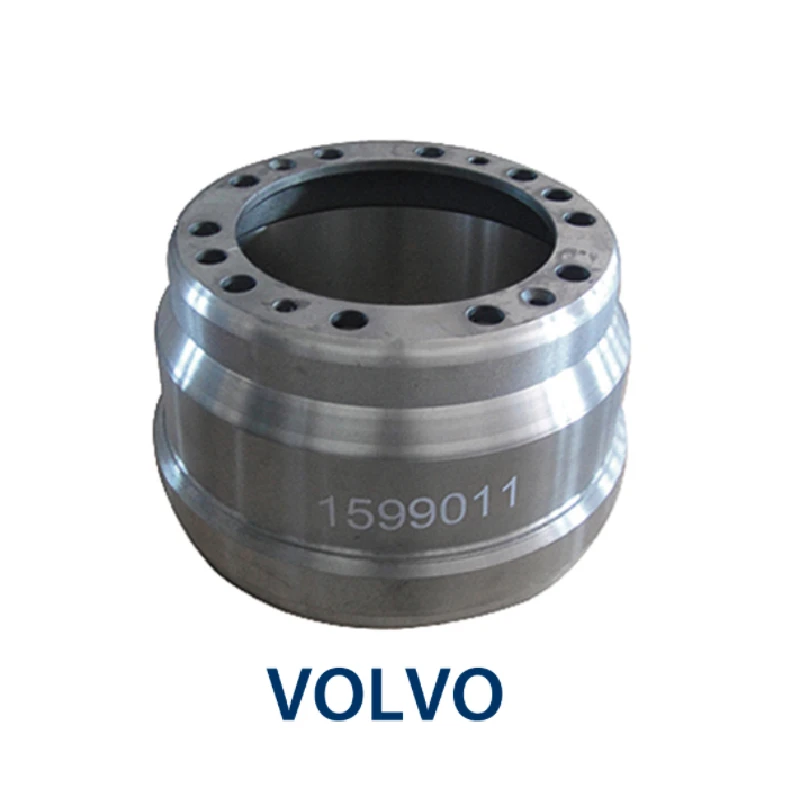Dec . 24, 2024 17:14 Back to list
Understanding the Functionality of Brake Drums in Vehicle Stopping Systems
How Do Brake Drums Work?
When it comes to vehicle safety, the braking system is crucial. Among the various types of braking systems employed in vehicles, the drum brake system is one of the oldest yet highly effective methods for slowing down and stopping a vehicle. Understanding how brake drums work can give you greater insight into automotive safety and maintenance.
What Are Brake Drums?
Brake drums are cylindrical components that are typically made from cast iron or aluminum. They are part of a drum brake system, which consists of the drum itself, brake shoes, wheel cylinders, and various springs. Additionally, drum brakes are commonly found on the rear wheels of many vehicles, although they can be used on all four wheels in some cases.
How Do Brake Drums Function?
1. Basic Principle
The fundamental operation of drum brakes relies on friction. When the driver applies the brake pedal, hydraulic pressure is created in the brake lines, pushing the brake shoes outward against the drum. This friction between the brake shoes and the drum surface slows down the wheel's rotation, thereby reducing vehicle speed.
- Brake Drum The rotary element that houses the brake shoes. It rotates with the wheel. - Brake Shoes These are curved metal plates that have friction material attached to their surface. When activated, they extend outward, pressing against the inside of the brake drum. - Wheel Cylinder This part is responsible for converting hydraulic pressure into mechanical force. It pushes the brake shoes outward when the brakes are engaged. - Spring Mechanism Springs are crucial for returning the brake shoes to their resting position when the brake is released. They help ensure that the shoes don’t remain in contact with the drum, preventing unnecessary wear.
3. Engagement Process
how do brake drums work

When the brake pedal is pressed, the hydraulic fluid from the master cylinder flows into the wheel cylinder. The wheel cylinder then pushes the brake shoes apart. As the shoes expand, they make contact with the inner surface of the brake drum. This contact creates friction, which slows down the drum’s rotation, thereby slowing the vehicle.
4. Heat Dissipation
During braking, significant amounts of heat are generated due to friction. Brake drums are designed to dissipate this heat efficiently. However, if they overheat, they can cause brake fade, which reduces the effectiveness of the braking system. Therefore, it’s important for drivers to be aware of signs of overheating, such as diminished stopping power or a burning smell.
Advantages of Drum Brakes
Drum brakes offer several advantages
- Cost-Effective Drum brakes are typically less expensive to manufacture and repair than disc brakes. - Self-Boosting Effect Drum brakes can create their own pressure when the shoes come into contact with the drum, making them effective at holding the vehicle in place. - Water Resistance Drum brakes are less prone to issues caused by water and mud, as they are enclosed systems.
Maintenance Considerations
Proper maintenance is essential for optimal performance of drum brakes. Regular inspections can help identify wear on the brake shoes and drum surface. If the braking system becomes less responsive, or if you hear unusual sounds when braking, it’s important to consult a mechanic. Replacing worn brake shoes and ensuring the drums are adequately machined can prolong the life of the braking system.
Conclusion
Understanding the mechanics of how brake drums work provides valuable insight into vehicle performance and safety. As an integral component of many braking systems, brake drums function through the principles of friction and hydraulics to bring vehicles to a safe stop. Proper maintenance and awareness of their operation can ensure that your vehicle remains safe on the road.
-
ROR Web Development: Build Fast, Scalable, Secure Apps
NewsAug.17,2025
-
Scania Brake Drums: OEM Quality for Optimal Safety & Durability
NewsAug.16,2025
-
R.V.I: Advanced Remote Visual Inspection for Precision
NewsAug.15,2025
-
Discover HYUNDA: Innovative Vehicles, Equipment & Solutions
NewsAug.14,2025
-
R.V.I: Unlock Advanced Insights & Real-time Performance
NewsAug.13,2025
-
Kamaz Brake Drum: Durable & Reliable for Heavy Duty Trucks
NewsAug.12,2025
